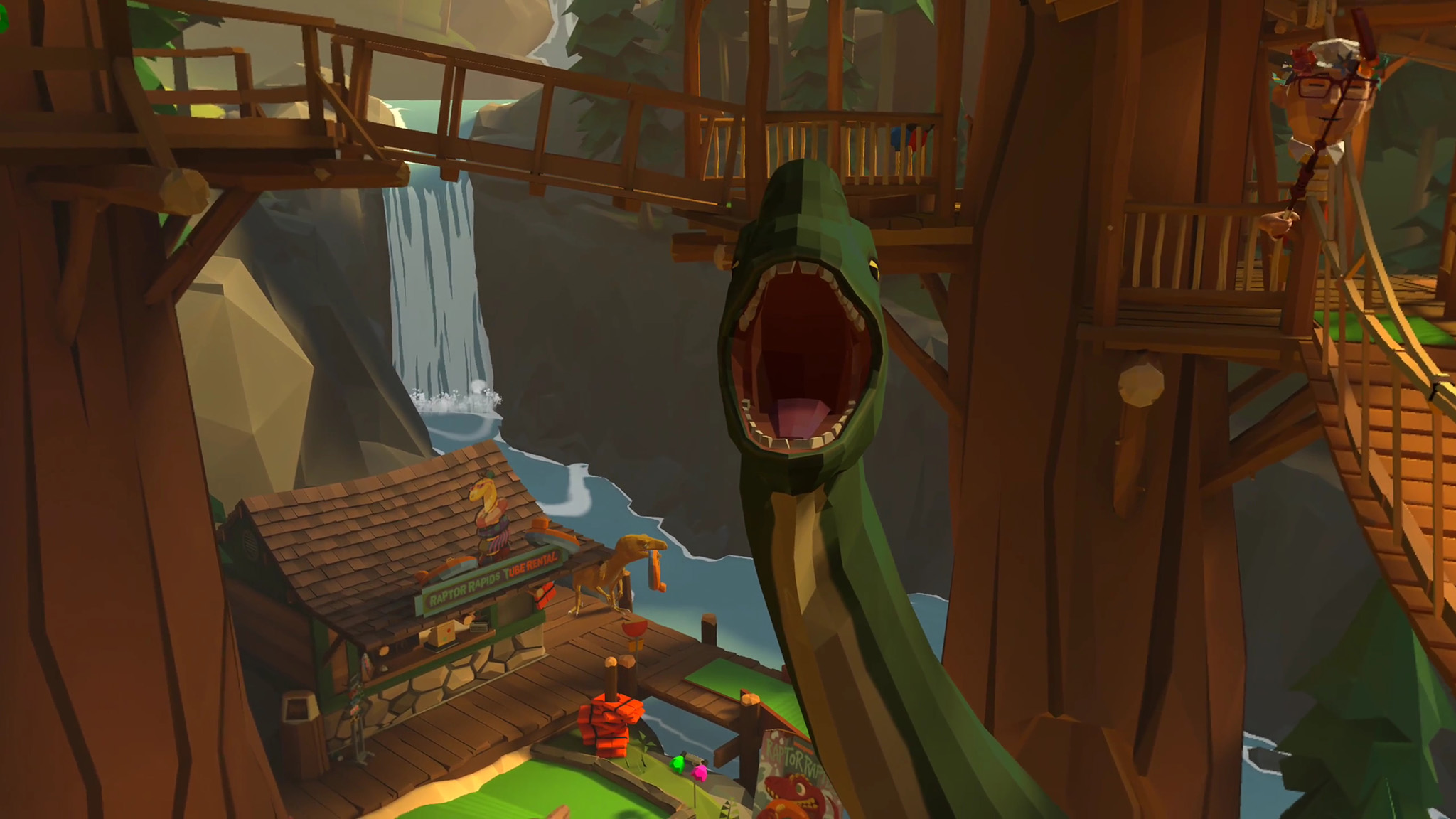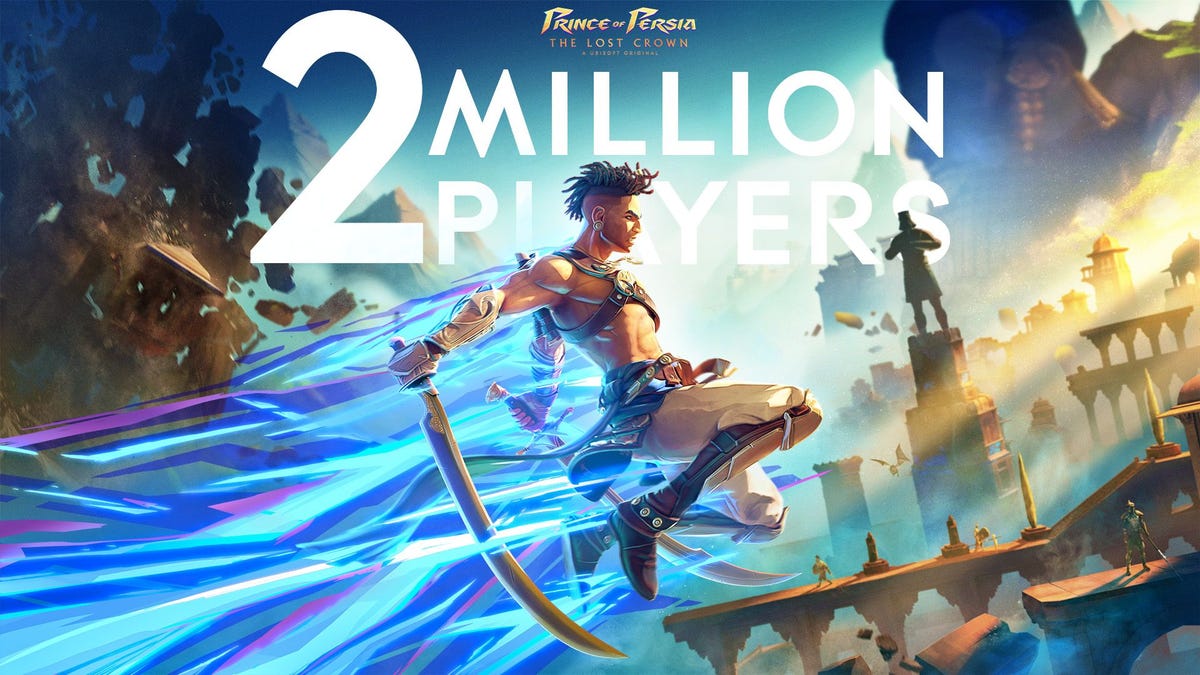Overwatch 2 Set to Unveil New Stadium Mode: A Game-Changing Experience

In May 2016, Blizzard Entertainment, one of the most celebrated studios in the gaming industry, launched its iconic hero shooter, Overwatch. This game quickly garnered a dedicated fanbase, praised for its diverse characters, engaging gameplay, and vibrant art style. Just a month after its initial release, Blizzard introduced a competitive mode, a move that set the stage for Overwatch to become a staple in the esports scene. Fast forward to 2022, the successor, Overwatch 2, was launched, but it maintained a relatively similar gameplay experience to its predecessor. However, a significant shift is on the horizon with the introduction of the new Stadium mode, set to debut on Tuesday, which may prove to be the most substantial change to the franchise in nearly nine years.
Despite the competitive format remaining largely unchanged, the landscape of Overwatch has evolved dramatically since its inception. Players have navigated through numerous metas, experienced a prolonged content drought, and adapted to the transition to a 5v5 format with the arrival of Overwatch 2. Additionally, new perks were added alongside a variety of novelty modes, including mystery heroes and an extensive array of player-created custom games. However, the upcoming Stadium mode is expected to redefine gameplay, offering an experience that developers believe will significantly alter how players engage with the game.
In recent media interviews held online, Game Director Aaron Keller emphasized the importance of this new mode, suggesting that anyone who has been hesitant to try Overwatch or is looking to return to the game should seize the opportunity that Stadium presents. This launch comes at a crucial moment for Overwatch, particularly given the recent rise of a competing hero shooter, Marvel Rivals, which has successfully attracted over 40 million players since its launch. For years, Overwatch and its evolution into a free-to-play model with Overwatch 2 dominated the hero shooter genre, facing competition primarily from other subgenres like battle royales and tactical shooters, represented by titles such as Apex Legends and Valorant. However, with Marvel Rivals entering the fray, boasting a gameplay style that evokes the high-energy spirit of early Overwatch along with a robust roster of beloved Marvel characters, the stage was set for Overwatch to respond.
The introduction of Stadium appears to be Blizzards answer to this challenge. This new mode reimagines the traditional Overwatch formula, which typically features two teams operating across three distinct roles and utilizing heroes with unique abilities on objective-based maps. Stadium injects a new level of excitement and dynamism into the gameplay. For instance, Reinhardt is no longer just power-steering around corners; he can now soar through the air. Anas nano-boost is more impactful than ever, capable of enhancing her entire team at once. Meanwhile, Mei has the ability to morph into a giant snowball, rolling toward opponents in a hilarious yet menacing fashion.
Moreover, the gameplay possibilities expand dramatically within Stadium. Players can enhance their chosen heroes with increased survivability, damage output, ability buffs, and other enhancements tailored to their playstyle. This feature is expected to attract two specific groups of players: those who have a strong affinity for particular heroes and wish to maximize their effectiveness in various situations, and those who enjoy strategizing and experimenting with different builds to test against their opponents. Traditional Overwatch modes can be challenging for players focused on experimentation due to the rapid pace of action and the prevalence of countering, but Stadium offers a fresh alternative that encourages creativity.
Designed to accompany existing quick play and competitive options, Stadium is set to become a critical pillar of the Overwatch gameplay experience. Keller revealed that a dedicated team has been working tirelessly on this mode, allocating significant resources to ensure its success. A notable addition is the introduction of a third-person perspective, which offers players a new way to engage with the game.
When asked whether Stadium was created in response to evolving player expectations, Keller identified three key desires that the new mode aims to address: a need for more downtime, a greater emphasis on strategic play, and a heightened focus on the power fantasy of the heroes. Stadium is designed as a best-of-seven game mode, where each round serves as a condensed version of existing modes like control or push. This format allows players to experience bursts of concentrated action while adhering to the familiar rules that define the Overwatch experience. Between rounds, players will have moments to strategize, assess the enemy teams composition, and adapt their approach by acquiring new powers and items that enhance their heroes abilities.
Notably, Stadium moves away from the tradition of hero swapping, encouraging players to develop their heroes around their specific challenges. For example, heroes such as Genji and D.Va can now purchase abilities that help mitigate beam damage, a type of attack they typically struggle against. Additionally, while flying heroes have historically countered tanks like Reinhardt, players using Pharah and Echo will need to adapt their strategies, knowing that Reinhardt can now leap towards them with explosive potential.
This innovative approach signals a broader shift in Overwatchs development strategy, with the team moving away from a strict emphasis on balance and instead embracing the power fantasy that has been a hallmark of its heroes. Keller noted that the dev team has pushed the boundaries of what Stadium can offer, allowing for creative new powers and enhancements that substantially modify the gameplay experience.
As a long-time player and observer of Overwatch 2 since its beta launch in 2022, Im eager to dive into Stadium mode this week, especially ahead of the upcoming season launch. While the game has gradually made positive strides, some fans have grown weary of the slow pace of change. However, Stadium promises to be a significant leap forward, and Im excited to see if it can live up to the high expectations it has set for both returning veterans and new players alike.
Stadium is set to launch in Season 16 on April 22, featuring 17 heroes and nine maps, with developers promising that the mode will continuously evolve over time with the addition of new heroes.























